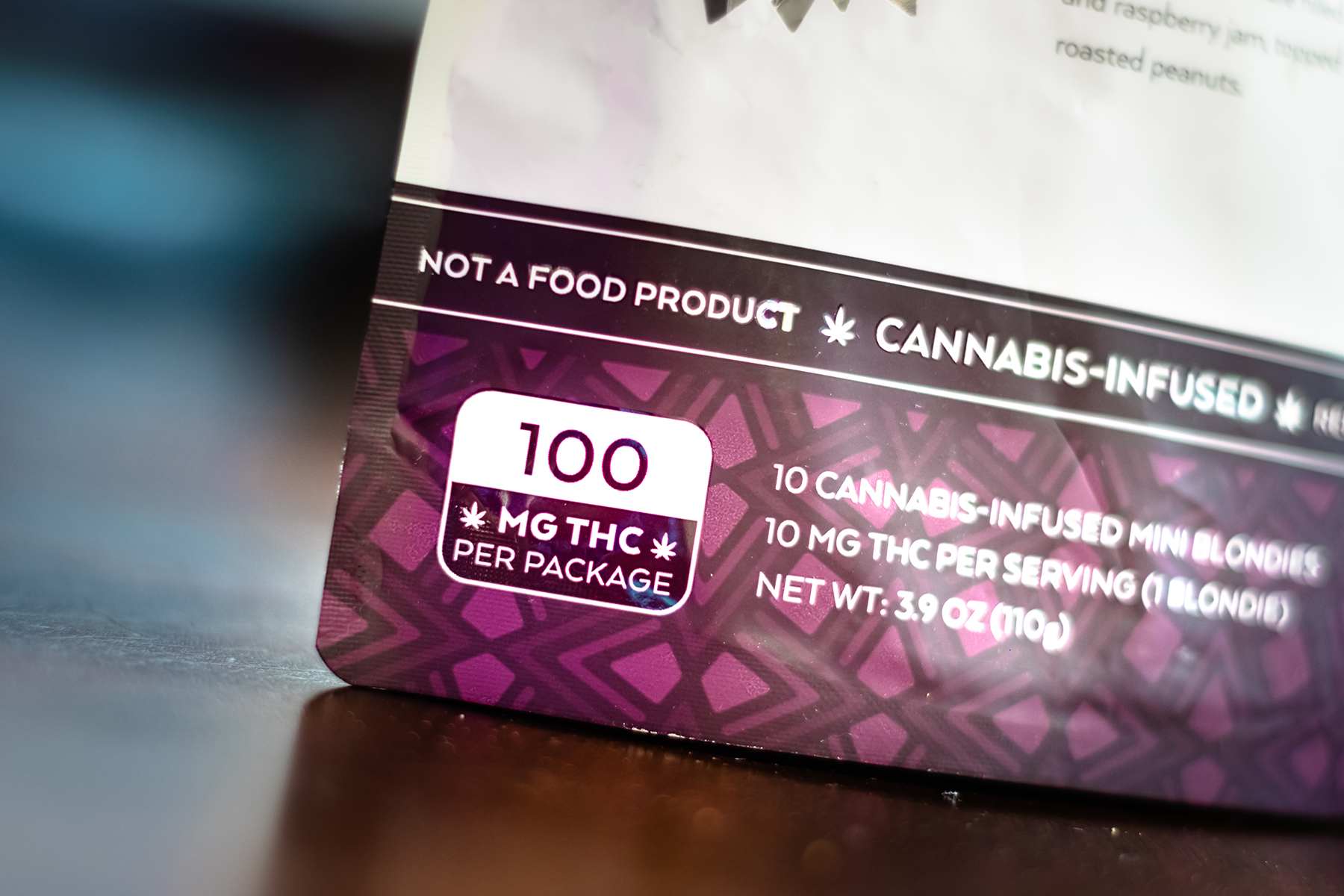 When people talk about the potency of cannabis, they are usually referring to the concentration of THC in a product. In Washington’s cannabis market, THC concentration must be listed on the label of a product in milligrams of THC or as a THC percentage.
When people talk about the potency of cannabis, they are usually referring to the concentration of THC in a product. In Washington’s cannabis market, THC concentration must be listed on the label of a product in milligrams of THC or as a THC percentage.
Understanding concentration and potency is important because research shows that the higher the amount of THC a person uses, the more likely they are to experience negative health effects. More information about the health effects can be found in the “Cannabis and Your Health” section.
Flower and concentrates – THC Percentages
The concentration of THC in dried cannabis and in cannabis concentrates is shown as a percentage.
The THC concentration of dried cannabis harvested in the 1990’s was about 5%. A pattern of increasing concentrations of THC in cannabis flower existed before legalization, but commercial manufacturing accelerated this trend and advertising has made these products more available. Cannabis strains now have an average concentration of 15 -20%, with some as high as 35%.
Concentrates, such as wax, rosin, shatter, and hash oil, generally range from 60 - 90%. Kief and hash tend to range from 50 - 80%. Because the THC in concentrates is so much higher than flower, the effect is felt more quickly and intensely, and using them often raises a range of risks.
Washington State does not limit THC concentration in flower and concentrates. In 2022, the average THC concentration for flower was 21% and for concentrates it was 69%, although hash and kief are lower than 69%. There are packaging and possession limits for all products.
Edibles (solid and liquid) – Milligrams
The THC concentration in edibles is measured by milligrams (mg) of THC. Washington State limits each “serving” to no more than 10 milligrams of THC, and the total package cannot contain more than 100 milligrams. To limit how much is consumed divide a serving into smaller pieces.
For liquids, there is also a 100 milligrams per container limit. For containers with more than one serving, the serving size must be marked on the container or a measuring device included with the packaging, and there must be a resealable cap. Unlike products such as sodas, containers with more than one serving are not meant to be consumed all at once.



